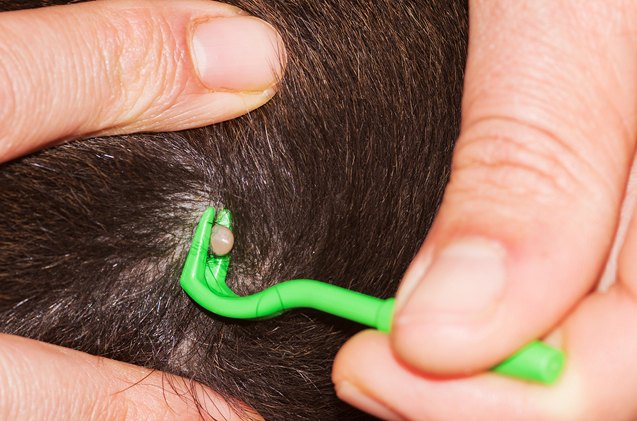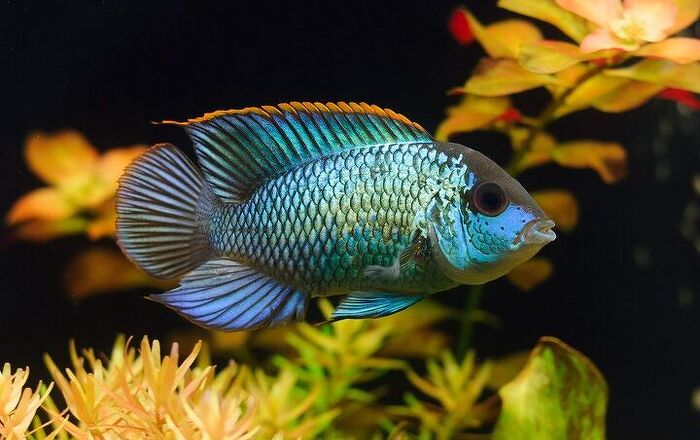
They’re more than an irritant – these little bloodsuckers can mean big trouble for you and your pooch. Here’s how to remove a tick from a dog.
Ticks are tiny external parasites that feed on the blood of dogs and other animals – they can even latch on to a human. There are several different species of ticks which can affect dogs and all of them have the potential to transmit deadly diseases to your pet. You should take the time to learn how to protect your dog from ticks, as well as educate yourself on how to remove a tick from a dog.
Related:Flea And Tick Control: Fact Or Myth?
How do Ticks Affect Dogs?
Technically ticks are not a type of insect – they are a type of arachnid and there are a number of species which commonly affect dogs. The most common species of ticks known to affect dogs are the American dog tick (Dermacentor variabilis) and the brown dog tick (Rhipicephalus sanguineus). Ticks tend to live in brushy areas of undergrowth, particularly tall grass, and they can easily climb onto your dog’s legs as he plays outside. These tiny creatures can be found anywhere on the dog’s body but they tend to prefer the area around the head, neck, and ears.
Related:Top 10 Flea and Tick Prevention Tips
Though they may be small, ticks are visible so it is a good idea for you to check your dog after spending any time outside, particularly during the summer and fall months. Even once your dog has been bitten by a tick it can take a few hours for the tick to transmit disease, so if you find and remove the tick quickly your dog will probably be okay. To ensure that your dog is protected from tick-transmitted diseases, however, you should administer a monthly topical flea and tick preventive. These products not only help to protect your dog from diseases transmitted by ticks but they kill the adult and developing forms of the parasite.
Steps on How to Remove a Tick from a Dog
In addition to transmitting diseases like Lyme disease and Rocky Mountain spotted fever, ticks can also cause blood loss and anemia, especially in young dogs. If you find a tick on your dog’s body, you need to remove it immediately by following the steps below:
After removing a tick from your dog’s skin – especially if the mouthparts are left behind – you should monitor your dog for several days. Check the site of the bite several times a day for inflammation and irritation. If the area swells and doesn’t appear to be improving, you may want to take your dog to the vet for a check-up.
A Few Extra Tips to Keep in Mind When Checking for Ticks and Removing Them
Here are a few other things to consider in order to keep your pet safe, and to effectively and safely remove a tick if you have found that one has bitten your dog:
Feel free to contribute your own ways of how to remove a tick from a dog in the comment section below – we’d love to hear your ideas!














